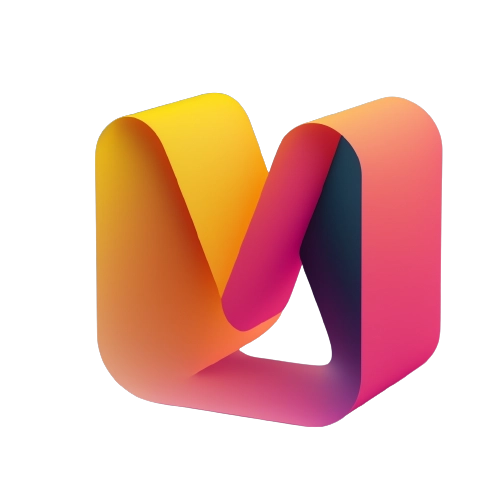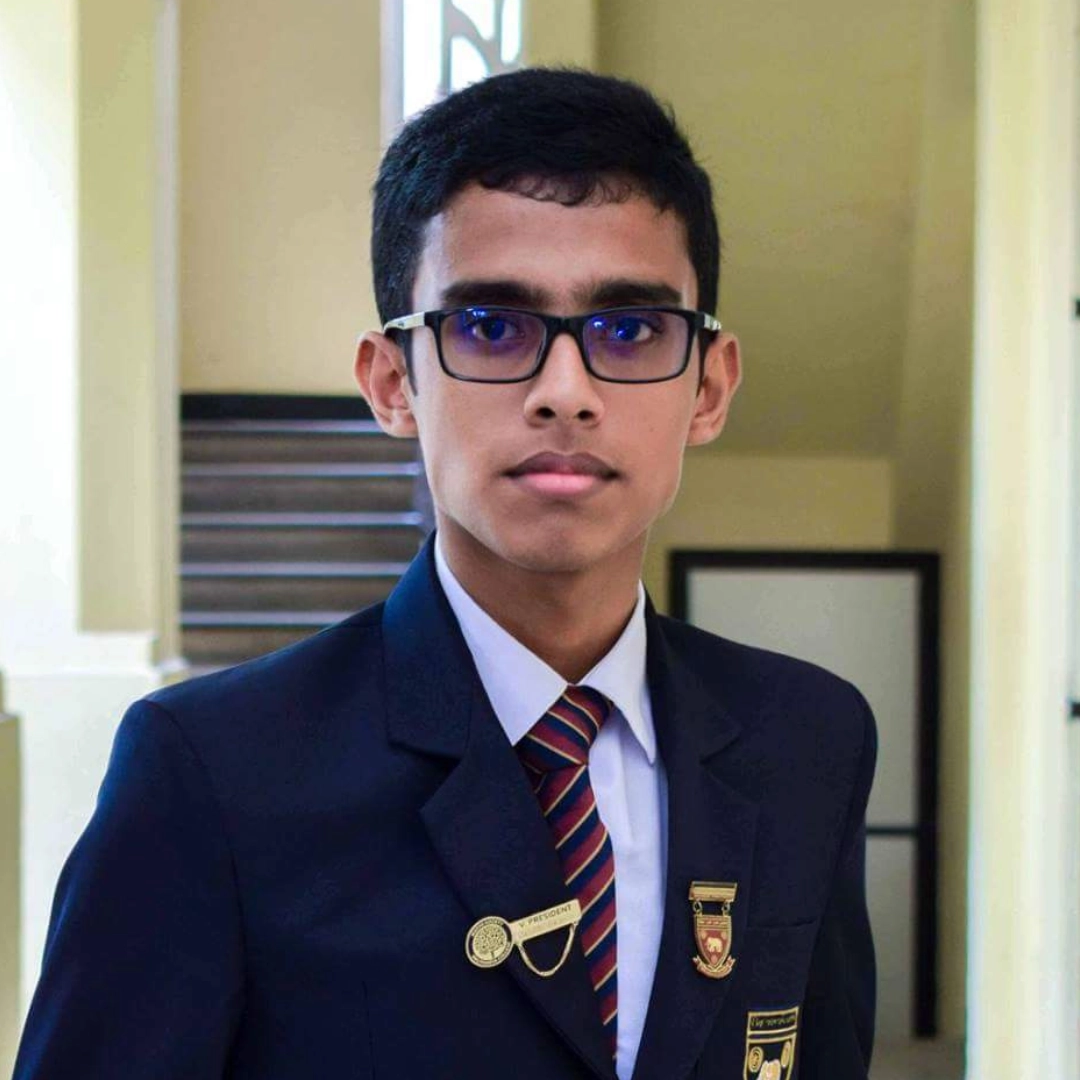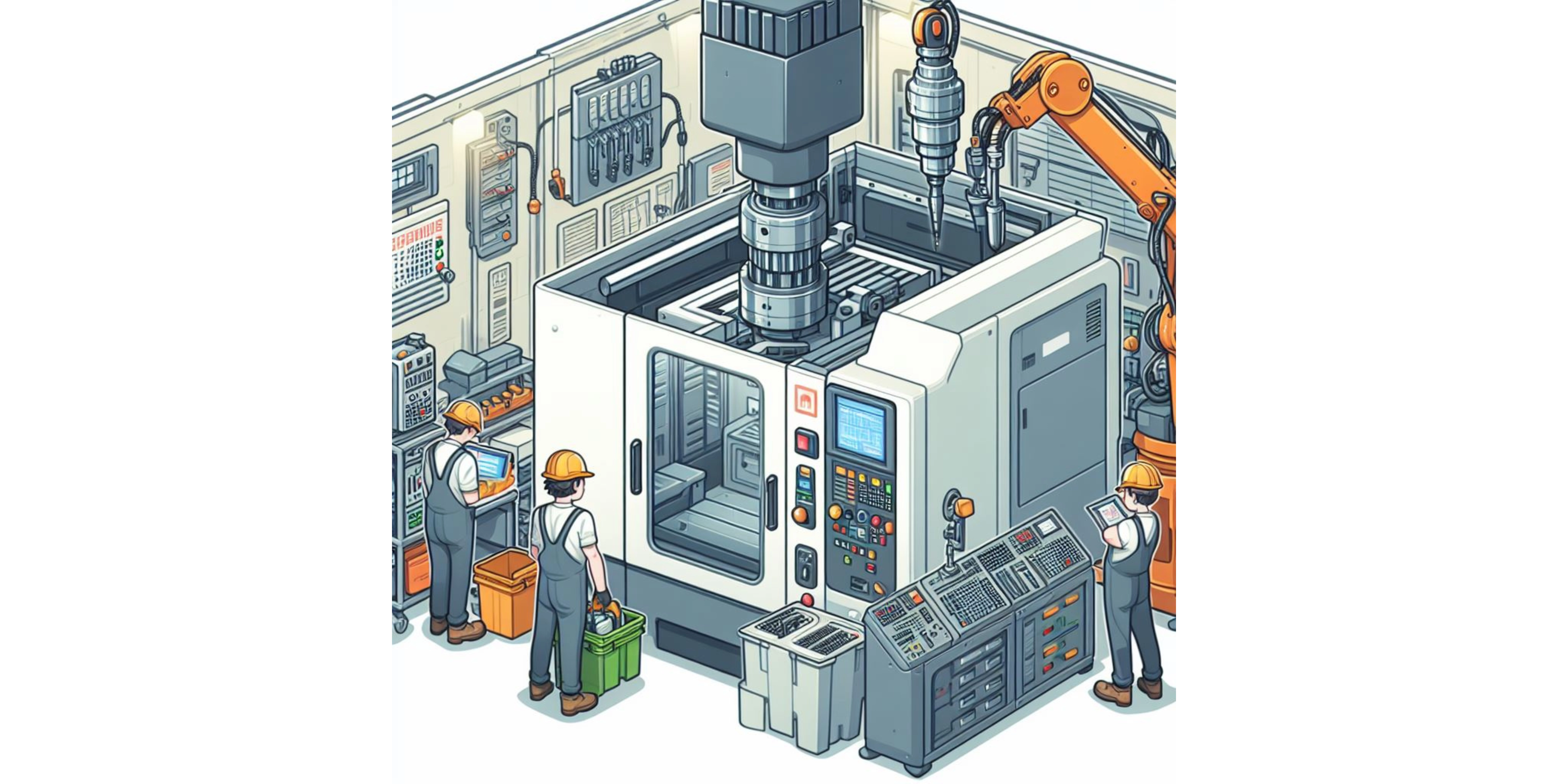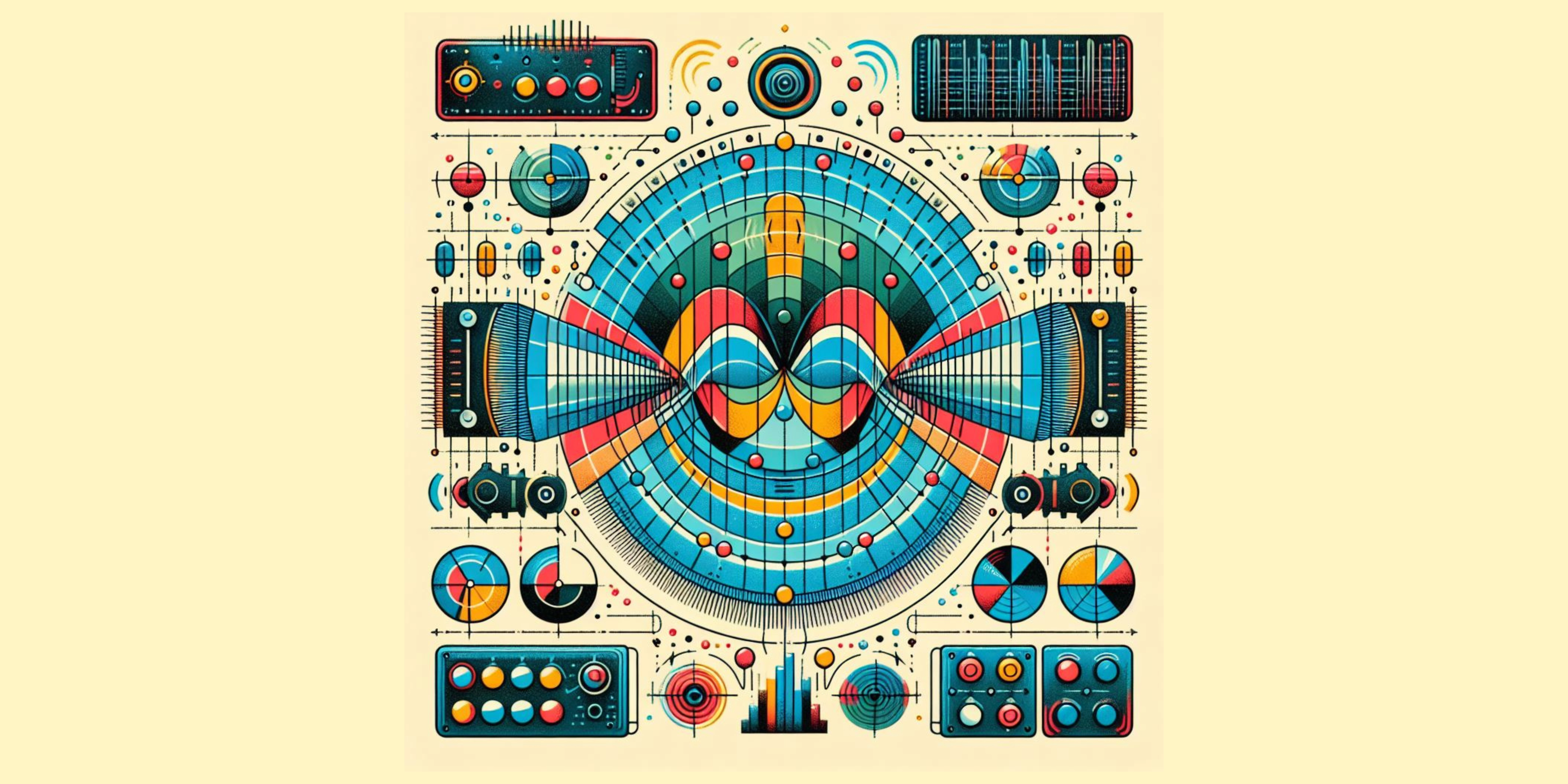What is a Digital Image?
A digital image is a representation of visual information in a format that a computer can understand. Unlike traditional photographs or paintings, digital images are made up of tiny building blocks called pixels. Each pixel is a tiny dot that holds color information, and when combined, they create the images you see on your screens.
Properties of Digital Images
Resolution
Resolution refers to the number of pixels in an image. Higher resolution means more pixels, resulting in a clearer and more detailed image. Common resolutions include HD (High Definition), Full HD, and 4K, each representing an increase in pixel count.
Pixel Values
Pixels have values that determine their color. In grayscale images, each pixel has a single value representing its intensity. In colored images, pixels have values for each color channel (red, green, and blue). For example, a pixel with RGB values (255, 0, 0) represents pure red.
Color Channels
Digital images often consist of multiple color channels. In RGB images, the three channels (red, green, and blue) combine to create a full spectrum of colors. Other color models, like CMYK, are used for printing and have different channel combinations.
Importance of Digital Images
Digital images have become integral in various applications, shaping our visual experiences in the following ways:
Entertainment
Digital images bring movies, video games, and online content to life, providing a visual feast for audiences worldwide.
Communication
Social media platforms, messaging apps, and emails heavily rely on images to convey messages, emotions, and ideas.
Education
Digital images enhance learning materials, making educational content more engaging and accessible.
Medicine
Medical imaging, such as X-rays and MRIs, relies on digital images for accurate diagnosis and treatment.
Art and Design
Digital art, graphic design, and virtual simulations leverage the versatility of digital images for creative expression.





